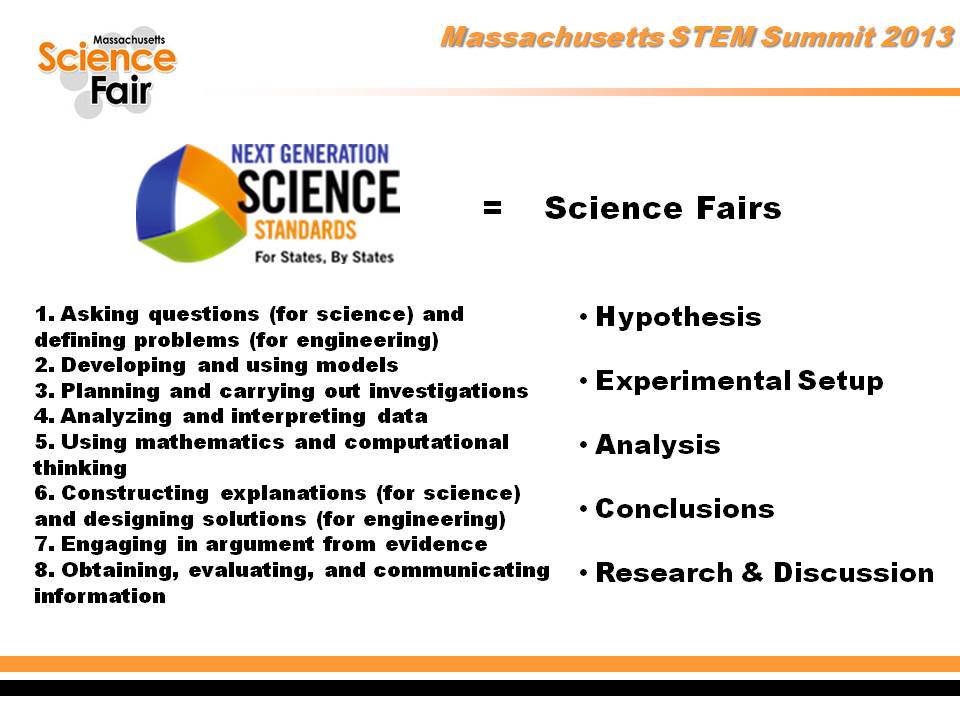I was upset last year when I saw this photo, below, printed in the Huffington Post and circulate through social media. It seems like every year there is the angst that a science fair project assignment creates for many students and their families. It’s unfortunate that science fairs and independent research projects seem to get attacked this way. As a new school year kicks off, it’s a great time for parents to take a fresh look at what science fair is all about, the role parents should play, and what everyone involved can do to make the process less stressful for all involved and a success.
To start with, attitude plays a huge role in how students approach their science fair project. Maybe you had a bad experience with a science project as a child, but adults need to put that experience behind them and to understand the process so that if they encourage their child with a positive perspective, the end result may not be as traumatic.
For whatever reason you cringe at the thought of a science fair project, you are not alone. But instead of shying away from it you need to embrace it because even though your child may not grow up to be a scientist, the learning that happens by doing a hands-on science project is enormous. For starters, it integrates almost every skill children have been taught and 21st Century skills your child needs to experience from reading, writing, research, math and critical thinking, to computer science, graphic arts, public speaking, gaining confidence and the thrill of discovery. As a parent, you should encourage all this blended learning rather than discourage it.
So before you groan, and before you allow your child to complain about his or her science fair project, realize that your response might have an impact on it being a positive experience and a great learning opportunity.
And, let’s not forget that if your child is selected to go on to local or national competition, it can pay off in cash or other prizes, and may open the doors to internships and scholarships.
What’s the best reaction you can have when you discover there’s a science project due? How about saying something like, “Wow, that’s great, maybe you can do a project about [insert your child’s favorite hobby, interests, subject, etc. here]. Then, help them get started right away.
Elsewhere on this website you’ll find information about how to get started, and how to choose a science fair topic if you don’t already have ideas. If you have any questions, please don’t hesitate to contact us: info (at) MisterscienceFair.com or via our web contact form.
Make sure you also regularly check our Facebook page for on-going ideas and information about other competitions you can enter.
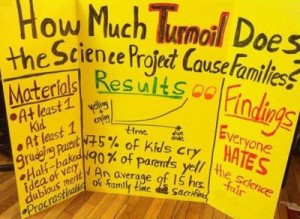
We know this is not a real science fair project (this never made it to a science fair – it stays permanently in the home of a very frustrated mom who made this project to show her frustrations - see Huffington Post article here). Don’t let this happen to your family. Don’t start your child’s science fair experience off on the wrong foot!


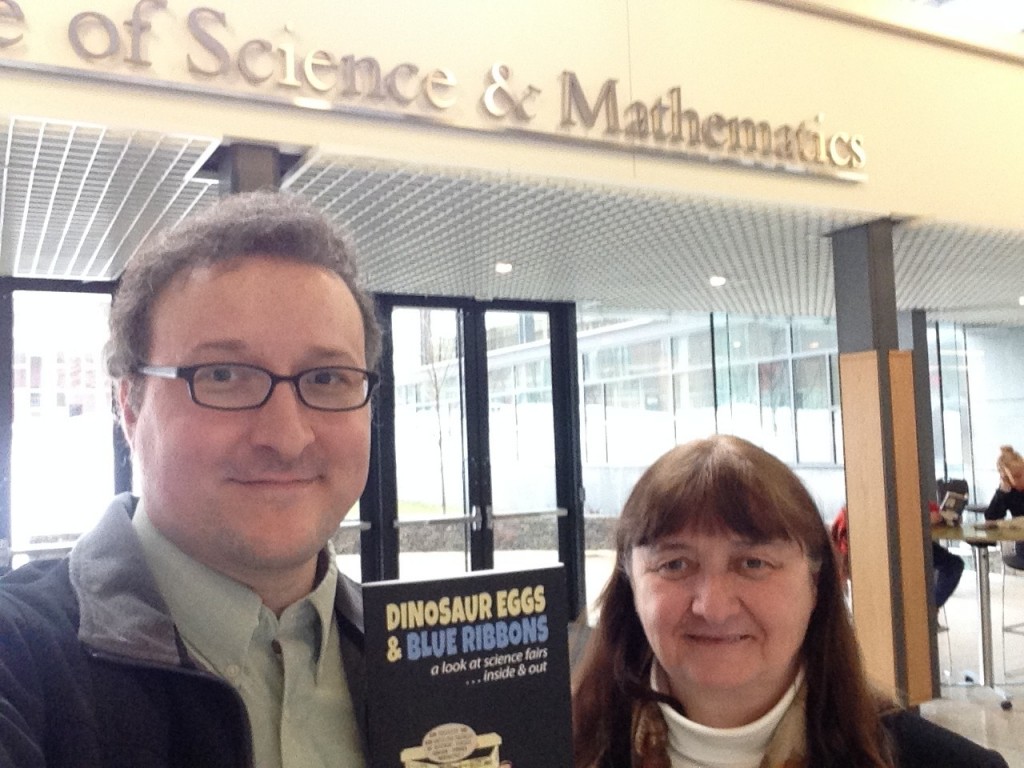
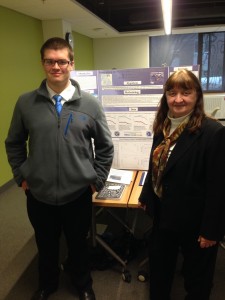
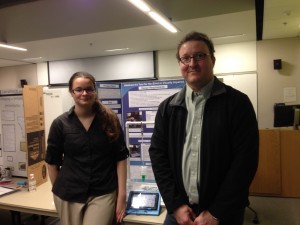

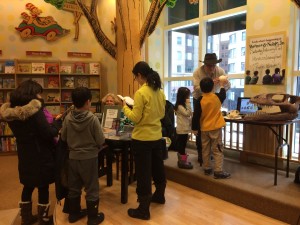
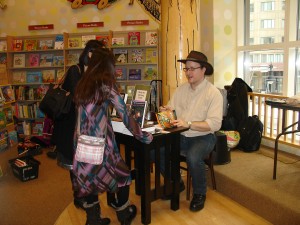
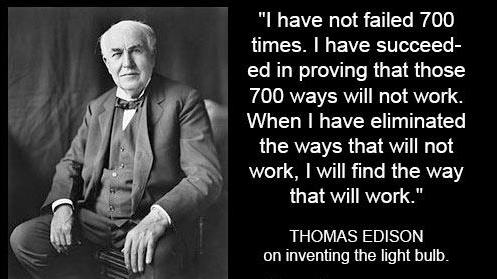

![Flask_girl-[Converted]](http://mistersciencefair.com/wp-content/uploads/2014/09/Flask_girl-Converted-207x300.jpg)
